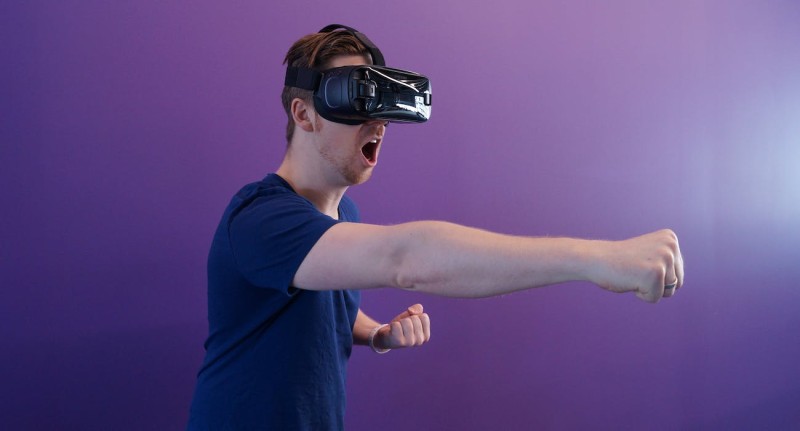Introduction
Virtual Reality (VR) is not just the technology of the future; it's the transformative force that's changing the way athletes train, ensuring their safety and boosting their performance. In a world where traditional sports training has its set of challenges, VR emerges as a game-changer that complements existing methods, making athlete development more effective. Let's explore the potential of VR in sports training and how it addresses the shortcomings of conventional approaches.
Traditional Sports Training and Its Challenges
While traditional sports training has been the foundation of athlete development for years, it's not without its challenges. Understanding these limitations is crucial to finding solutions. So lets begin-
- Repeating Drills and Limited Scenarios: Traditional sports training often involves repetitive drills, limiting athletes' exposure to a wide range of real-game situations. This can hinder their ability to adapt quickly during competitions.
- Risk Of Injuries: The physical demands of traditional training methods increase the risk of injuries, affecting both performance and long-term health.
- Lack of Realistic Game Situations: Traditional training struggles to recreate the pressure, noise, and dynamics of real matches, leading to performance disparities.
- Limited Rehabilitation Integration: Injured athletes face limitations in working on sport-specific elements during recovery.
- Mental Strength: Traditional training may not adequately prepare athletes for high-pressure situations, such as dealing with crowd pressure.
The Potential Of VR In Sports Training
VR revolutionizes sports training by offering a range of benefits:
- Safe And Controlled Environment: Athletes can train in VR without the fear of real-world injuries, providing a safe space for skill development.
- Skill Refinement: Athletes can practice skills repeatedly in VR, perfecting techniques without real-game pressure.
- Efficiency Redefined: VR allows athletes to target specific skills efficiently, eliminating the need for lengthy games.
- Realistic Scenarios: VR immerses athletes in lifelike game scenarios, making training more effective.
- Total Immersion: Athletes become part of the action in VR, enhancing engagement and learning.
- Advancements: Modern VR technology replicates sports equipment behavior and the atmosphere of a crowded stadium.
- Technique Development: Athletes can master their moves through endless repetition in VR.
- Injury Prevention: VR minimizes the risk of injuries, providing a protective shield for training.
- Psychological Preparation: VR prepares athletes for high-pressure moments, ensuring they're mentally ready.
- Rehabilitation Integration: Injured athletes can maintain their skills through VR, potentially speeding up their return to the game.
- Performance Elevation: VR empowers athletes to push their limits and reach new heights in their sport.
- Training Redefined: VR isn't just a tool; it's the future of sports training, offering a safe, dynamic, and immersive approach.
The Bottom Line
In conclusion, VR is reshaping the world of sports training by providing athletes with safer, more efficient, and immersive training experiences. By addressing the limitations of traditional training methods, VR ensures that athletes are better prepared for the challenges of modern sports. As we embrace this transformative technology, we can expect athletes to reach new levels of excellence while prioritizing their well-being. VR isn't just the future; it's the present of sports training. The Technology Write For Us Guest Post category is where you can share your ideas.

